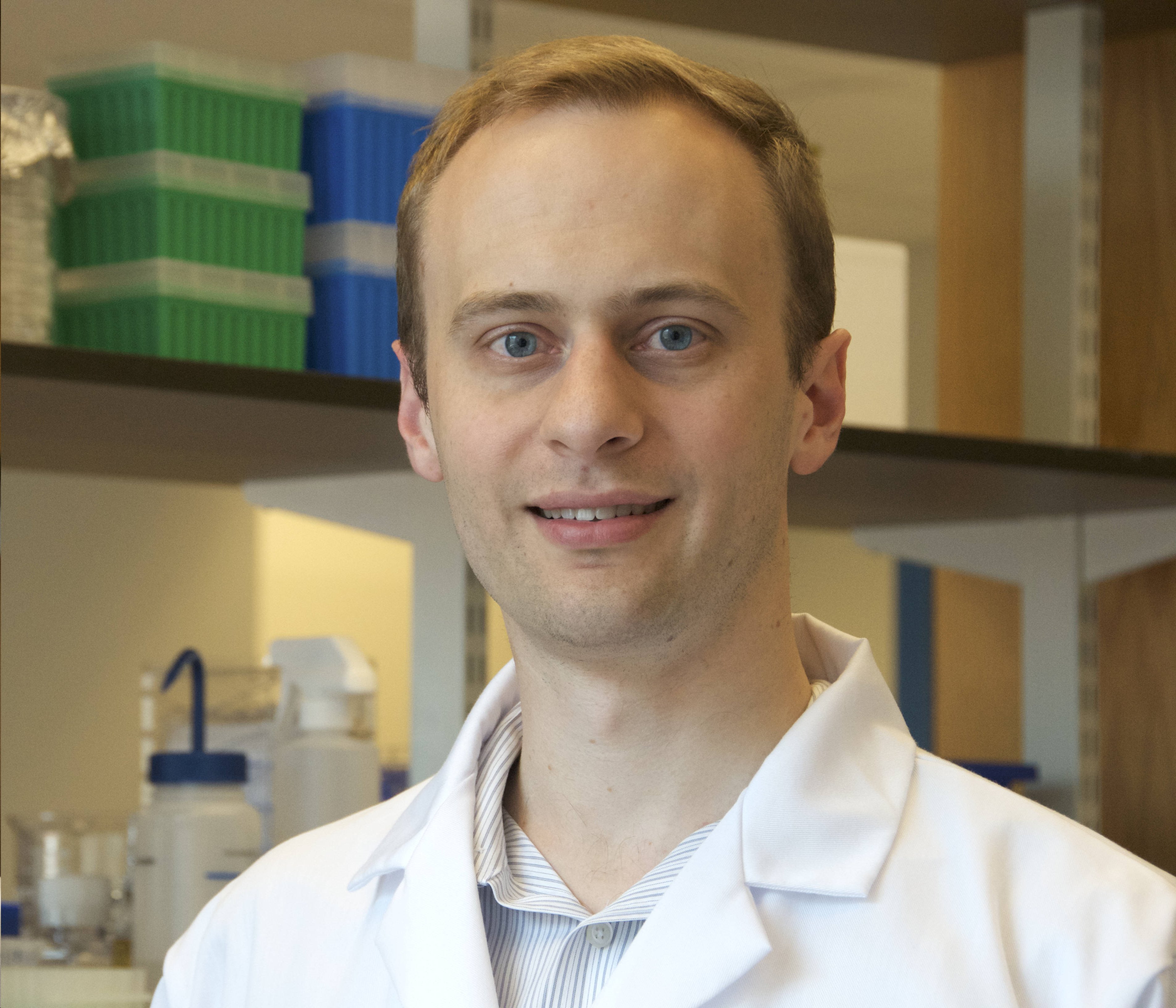
SHARE THIS ARTICLE:
Esvelt, Kevin
 Kevin Esvelt, PhD
Kevin Esvelt, PhD
Leader, Sculpting Evolution Group
Assistant Professor, MIT Media Lab
Massachusetts Institute of Technology, Cambridge, MA
“Community-Guided Ecological Immunization to Prevent Tick-Borne Disease”
Kevin Esvelt is an assistant professor of MIT and leader of the Sculpting Evolution group at the MIT Media Lab, which specializes in developing tools to reshape populations and ecosystems. An evolutionary engineer, Esvelt received his Ph.D. from Harvard University in 2010 for inventing a synthetic microbial ecosystem for rapidly evolving useful biomolecules. As a Technology Development Fellow of the Wyss Institute, he helped pioneer the development of a powerful new method of genome engineering based on CRISPR/Cas9, an enzymatic scalpel that can be programmed to cut DNA at any desired sequence.
In 2014, Esvelt and his team were the first to outline how CRISPR could be used to build evolutionarily stable “gene drives” capable of altering wild populations of sexually reproducing organisms. Recognizing the potential implications of a unilateral method of reshaping shared ecosystems, he and his colleagues detailed ways to control, block, or even reverse changes made by gene drives while emphasizing the importance of laboratory safeguards to ensure they do not accidentally escape the laboratory. To set an example for future research in this field, they chose to reveal their findings before experimenting with CRISPR gene drives in the laboratory so that public notification and discussion could guide research and safeguards.
There is little precedent for deciding whether, when, and how to use “collective” technologies whose deployment can affect entire communities. In addition to exploring ecological and evolutionary engineering, Esvelt seeks to establish a new model of open and responsive science in which revealed community expectations guide the development of powerful technologies with shared impacts.
Conference Lecture Summary
The island communities of Nantucket and Martha’s Vineyard are guiding a project to prevent Lyme and other tick-borne diseases by heritably immunizing local populations of wild white-footed mice. Past studies have shown that immunizing mice can substantially reduce the number of infected ticks, which are the source of human infections. We are now sequencing vaccinated mice to identify the antibodies they have evolved to acquire resistance. We will test these mouse antibodies to find the ones that are most protective, then encode them in the genome to create mice that are immune from birth. Releasing these mice on the islands in reasonable numbers over multiple generations would stably introduce the trait to a large fraction of the native mouse population. Island citizens, which were invited to direct the project before any experiments were performed, will make all key decisions and ultimately determine whether the project moves forwards at each stage. If successful, mainland communities could choose to gain the same benefits by using daisy drive systems to spread the antibodies through their own local mouse populations. Precisely blocking disease transmission at its source may be the smallest possible intervention capable of permanently preventing tick-borne disease.





